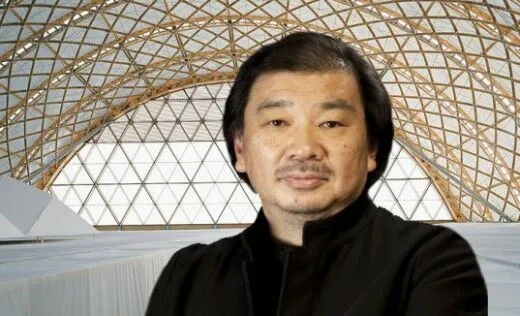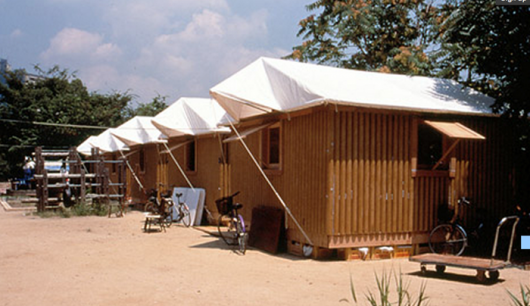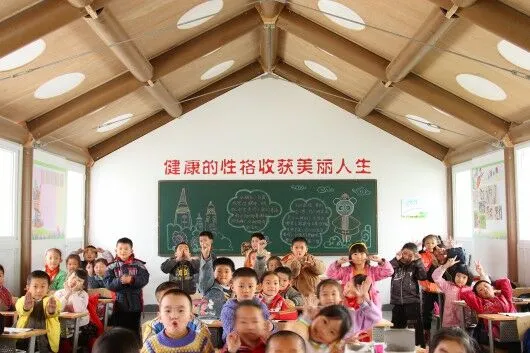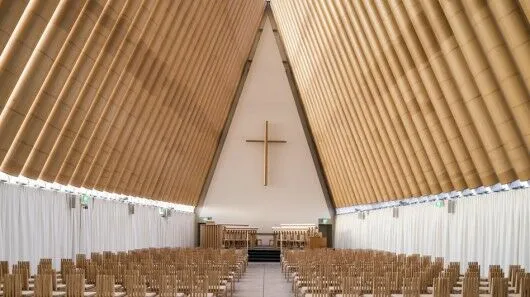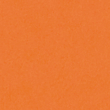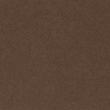Shigeru Ban's Innovative Use of Paper Tubes in Architecture
Key Summary:
- Innovative paper tubes architecture is showcased in Shigeru Ban's green company spotlight, highlighting the grand use of paper tubes in sustainable design.
- This article will provide a detailed overview of Shigeru Ban's work and his use of paper tubes in architecture.
- Key findings will cover the history of paper tubes in architecture, benefits of using paper tubes, Shigeru Ban's innovative projects, real-world use cases, and examples of paper tubes in action.
Shigeru Ban is a renowned architect known for his innovative use of paper tubes in sustainable design. This article will delve into the history of paper tubes in architecture, the benefits of using them, and Shigeru Ban's unique projects that showcase the versatility and eco-friendly nature of paper tubes. By exploring real-world use cases and examples of paper tubes in action, readers will gain a deeper understanding of how this material can be utilized in architectural projects to promote sustainability and environmental consciousness.
Detailed Information and Supporting Headings:
History of Paper Tubes in Architecture
Paper tubes have been used in architecture for centuries, with origins dating back to ancient civilizations such as the Egyptians and Romans. These early civilizations utilized paper tubes for various construction purposes, showcasing the durability and versatility of this material.
Over time, paper tubes have evolved as a sustainable building material due to advancements in technology and manufacturing processes. Architects and designers have recognized the potential of paper tubes in creating eco-friendly structures that reduce the environmental impact of construction projects.
Benefits of Using Paper Tubes in Architecture
One of the key benefits of using paper tubes in architecture is their lightweight nature, which makes them easy to transport and install on-site. This lightweight quality also contributes to the overall sustainability of a project by reducing the carbon footprint associated with transportation.
Additionally, paper tubes are eco-friendly and recyclable, making them a preferred choice for architects looking to incorporate sustainable materials in their designs. The ability to recycle paper tubes at the end of their lifecycle further enhances their appeal as a green building material.
From a cost perspective, paper tubes are often more cost-effective than traditional building materials such as steel or concrete. This cost savings can benefit both the project budget and the environment, making paper tubes a practical choice for sustainable design.
Shigeru Ban's Innovative Use of Paper Tubes
Shigeru Ban is known for his innovative use of paper tubes in architectural projects, with a focus on creating sustainable and disaster-resistant structures. His projects, such as the Cardboard Cathedral in Christchurch, New Zealand, showcase the versatility and strength of paper tubes in construction.
By employing design principles that prioritize sustainability and environmental consciousness, Shigeru Ban has revolutionized the use of paper tubes in architecture. His projects serve as a testament to the potential of this material in creating beautiful, functional, and eco-friendly buildings.
Who Can Benefit from Using Paper Tubes in Architecture
Architects and designers who are passionate about sustainable design and eco-friendly materials
Construction companies looking to reduce their environmental impact and carbon footprint
Individuals or organizations interested in innovative and cost-effective building materials
Students and educators in the field of architecture and design
Environmentalists and advocates for green building practices
When to Incorporate Paper Tubes in Architectural Projects
When designing sustainable buildings that prioritize eco-friendly materials
For projects that require lightweight and versatile construction materials
When looking to reduce costs without compromising on quality and durability
When aiming to create disaster-resistant structures that are also aesthetically pleasing
During the planning phase of a project to ensure proper integration of paper tubes
Examples of Paper Tubes in Sustainable Design
Creating temporary shelters for disaster relief efforts using paper tubes
Designing exhibition spaces or pavilions that showcase the versatility of paper tubes
Constructing furniture or interior elements using recycled paper tubes
Integrating paper tubes in landscaping and outdoor structures for a cohesive design aesthetic
Collaborating with artists and craftsmen to explore creative applications of paper tubes in art installations
What Sets Our Product Apart
Our product stands out due to its innovative use of paper tubes in architecture, inspired by the work of Shigeru Ban. The unique design and sustainable nature of paper tubes make our product a standout choice for eco-conscious architects and designers. By incorporating paper tubes in our product, we offer a versatile and cost-effective solution for sustainable building projects.
Environmentally Friendly Materials
Our product is made from eco-friendly and recyclable paper tubes, reducing the environmental impact of construction projects. This commitment to sustainability sets our product apart from traditional building materials.
Applications of Our Product
Our product can be used in a variety of architectural projects, including temporary shelters, exhibition spaces, furniture, and landscaping. The versatility of paper tubes allows for creative and innovative design solutions that cater to different needs and preferences.
Structural Integrity and Durability
When using our product, it is essential to consider structural integrity and durability to ensure the longevity of the building. Proper planning and implementation of paper tubes can result in sturdy and resilient structures that meet safety standards.
Maximizing the Potential of Our Product
To get the most out of your adventure with our product, it is crucial to explore its full potential in sustainable design projects. By collaborating with experienced architects and designers, you can leverage the unique properties of paper tubes to create innovative and environmentally friendly buildings.
Collaboration and Innovation
Engaging in collaborative efforts with experts in the field can lead to groundbreaking designs that push the boundaries of traditional architecture. By embracing innovation and creativity, you can unlock the true value of our product in your architectural endeavors.
Key Takeaways:
- Shigeru Ban's innovative use of paper tubes in architecture showcases the potential of sustainable design.
- Paper tubes have a long history in architecture and offer benefits such as being lightweight, eco-friendly, and cost-effective.
- Architects, designers, construction companies, students, and environmentalists can all benefit from incorporating paper tubes in their projects.
- By exploring real-world use cases and examples, it is clear that paper tubes can be used in a variety of creative and sustainable ways.
Overall, the use of paper tubes in architecture presents a unique opportunity to create environmentally conscious and visually striking structures that contribute to a more sustainable future.
